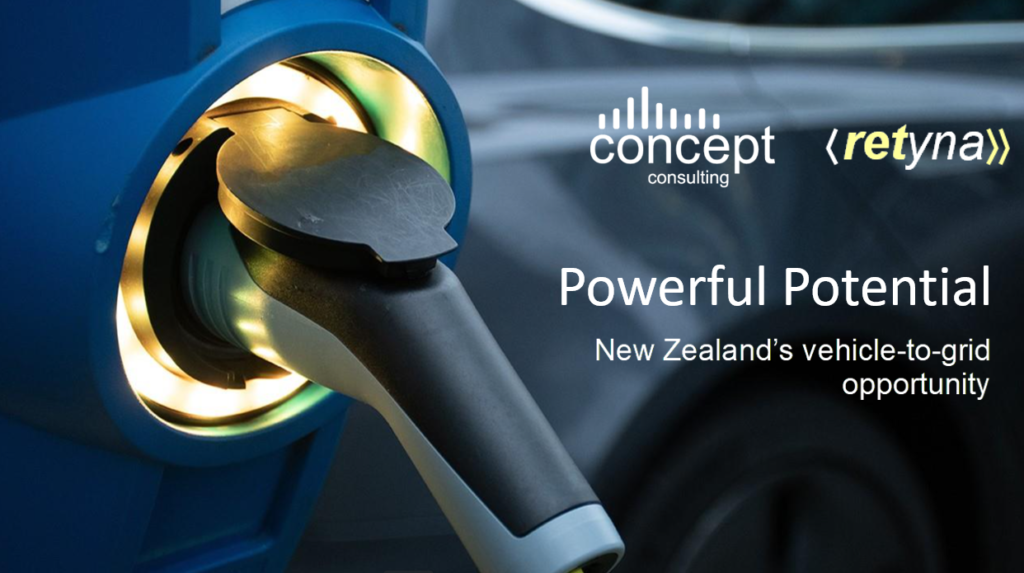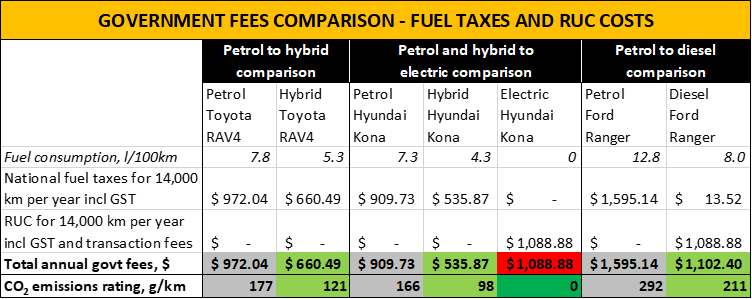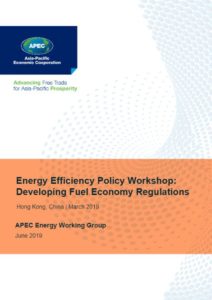$2,000 per car per year is the estimated value to the New Zealand electricity system that electric vehicles (EVs) could deliver by sending power from a car’s battery back to a house, building or to the grid during electricity demand peaks, such as in cold winter evenings.

The value to the electricity system from ‘Vehicle-to-grid’ (V2G) from electric trucks could be even higher at $10,000 per truck per year for trucks returning to a depot in the early evening.
For heavy vehicles with low utilisation during the middle of winter, such as milk collection trucks or tourism coaches, the value may be much greater per heavy electric vehicle per year as V2G supports winter electricity demand peaks, and recharging when there is cheap electricity overnight.
For owners of V2G-capable EVs to benefit from their sizeable share of this value, the electricity sector needs to offer a new ‘type of use’ discounted electricity pricing for EV charging with suitable remote charging management. Electricity retailers partnering with EV importers to create bundled offers of an EV, a charger and a power deal will help make V2G easy for consumers.
V2G is only possible with the right EV and the right charger and V2G-capable cars, trucks and buses are starting to become available. Motorists and fleet owners considering buying new electric cars, buses or trucks should ask dealers if the EVs they are considering are capable of V2G charging, if the EV battery warranty covers this and what type of V2G-capable chargers they should use at homes or in depots.
Consistency across the electricity sector for the right arrangements to facilitate V2G is also needed, particularly across local networks, the report concludes. An inconsistent approach across New Zealand risks significantly reducing the benefits of V2G for New Zealand.
The findings come from a multi-client study by Concept Consulting and Retyna Ltd funded by AA Research Foundation, Aurora Energy, Ecotricity, EECA, Fonterra, Horizon Networks, Meridian Energy MinterEllisonRuddWatts, Orion, Powerco, StarCharge, Transpower, Unison Networks and WEL Networks.

